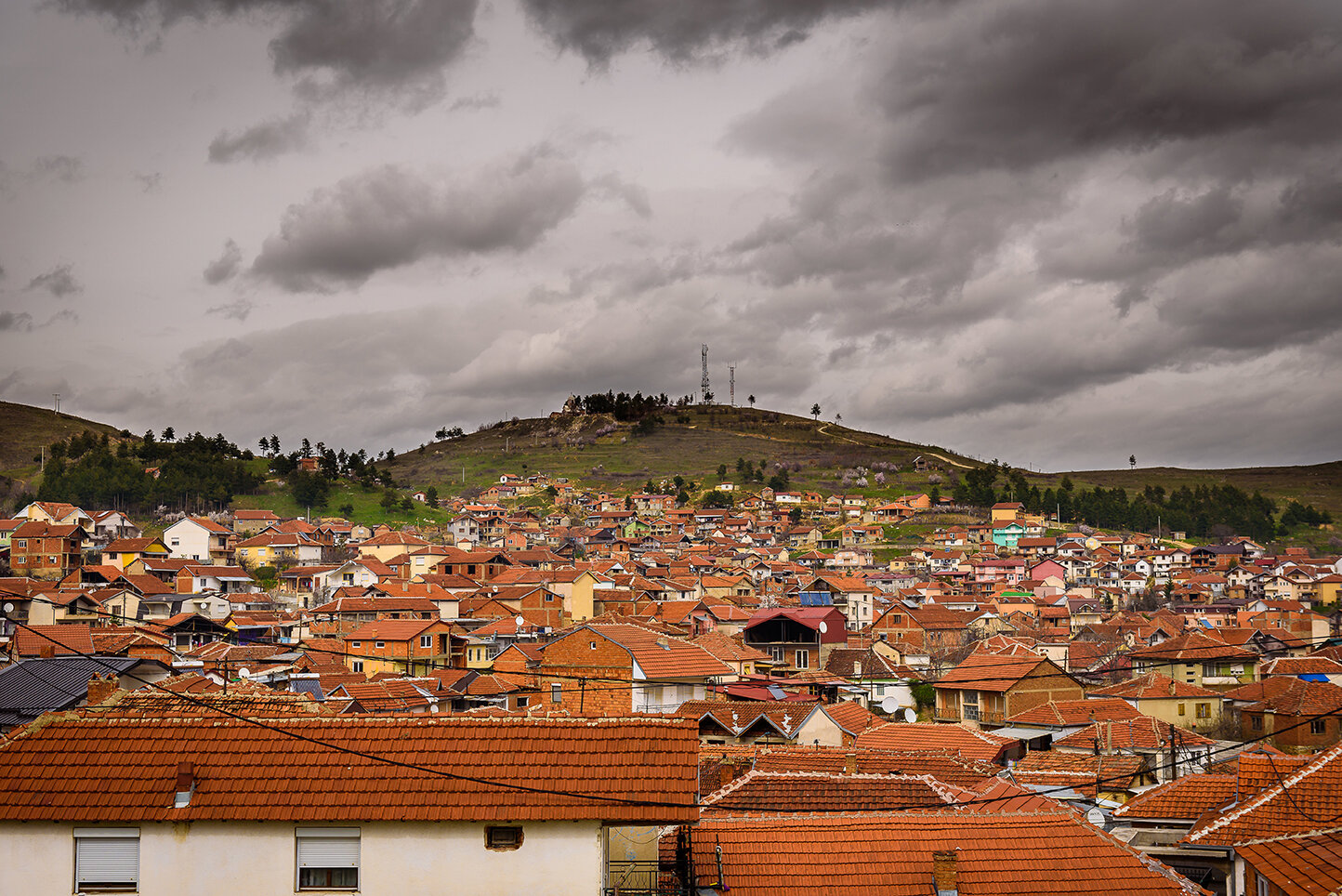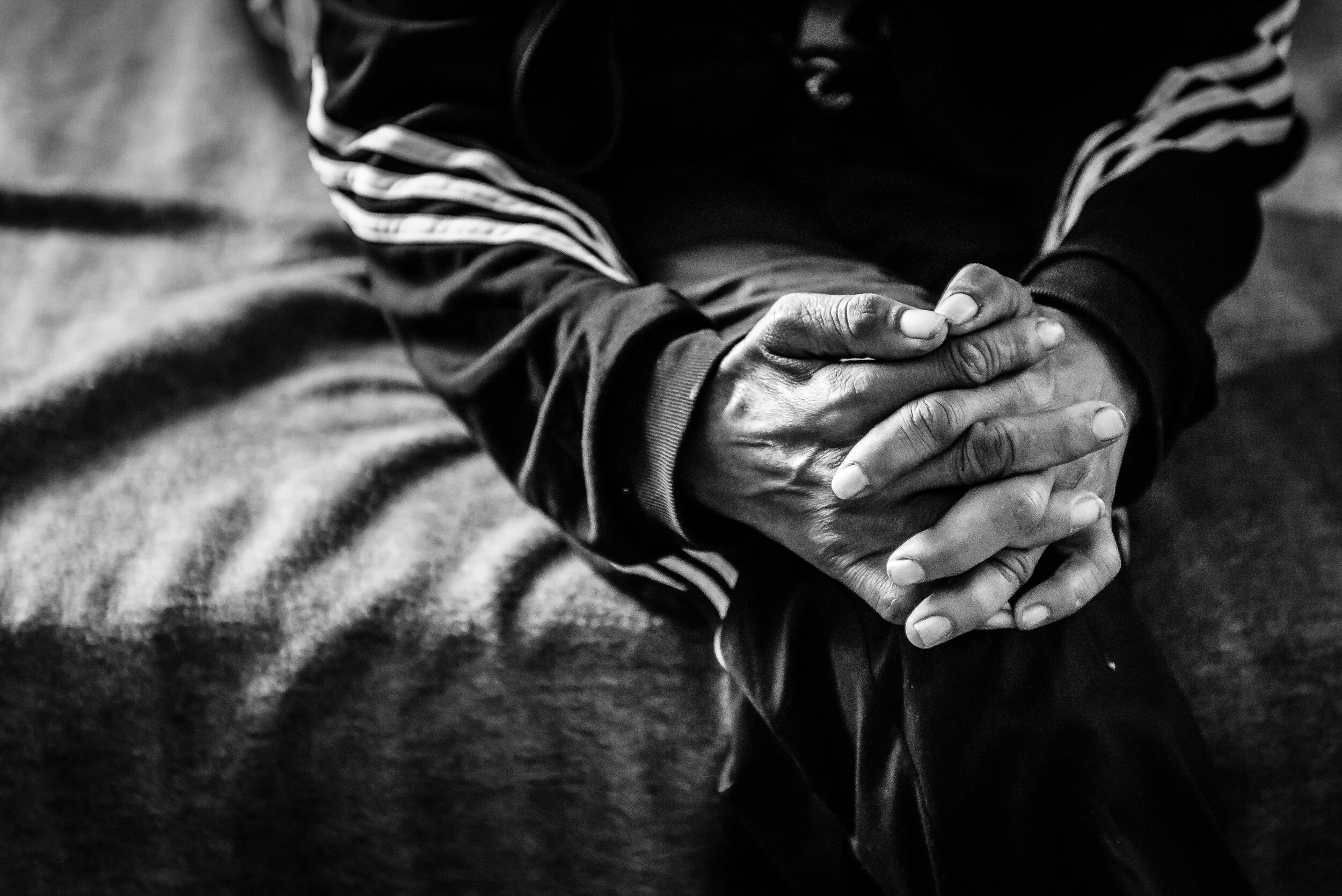With mixed Indian and Portuguese heritage, I often easily blend into different situations when I travel. That wasn’t the case when I travelled to Macedonia.
While in Skopje creating a documentary about the NGO Health Education and Research Association (HERA) and its work within the Roma community, I stood out. Drivers wouldn’t let me into their cabs; strangers would mutter negative comments as I passed them in the streets.
I’ll never fully know the reasons for the racism I experienced, but it’s a dark reality the Macedonian Roma community deals with every day. Unfortunately, the discrimination goes beyond slurs and hardened stares. Roma are routinely denied access to basic medical care, education, job opportunities and citizenship simply because of their cultural background.
Image by Kelly Giardina
Not many realize the Roma left northern India several hundred years ago without a clear reason as to why or how. But as they moved further west, they experienced rampant discrimination, oppression and isolation. This engrained discrimination is exactly what the team at HERA is up against while advocating for Roma’s rights to basics necessities. To share their story, and that of the community, I worked alongside Photographers Without Borders and photographer Kelly Giardina to create a film that highlights the incredible work being done to diminish discrimination in Macedonia.
After reflecting on my time directing the documentary, I’ve come to understand the power of film to bring issues like systematic racism to light.
Film is an ideal medium for storytelling because it’s honest and emotional.
Images by Kelly Giardina
Think back to the last film you've watched for a moment. Whether touching, comedic or full of drama, it likely brought forth a number of emotions. Those feelings are the power of film. It lets you hear other people’s perspectives, see what their experiences are like and witness places you’ve never been before.
One of the most difficult parts of creating a film, especially a documentary, is making people feel the way you did while shaping it. You try to convey the insights or shifts in perspective you’ve experienced to get people invested in the story, the people involved and their outcomes. Because if a viewer connects enough, they'll take the next steps to either help or do less harm.
While learning about the Roma community, for example, our film crew sat down with an elderly woman who broke her arm and couldn’t access adequate care. Roma community leaders with HERA stepped in to help, but they could only do so much—the bone had already set in an unnatural way. This story is just one of many about exclusion from the health care system due to lack of documents, lack of help and extortion by medical clinics.
Through film, stories—like the one above—can convey honest emotions that strike a chord in viewers’ hearts and encourage them to support the issue at hand.
That being said, it’s unethical to force a false narrative for emotion’s sake.
Images by Kelly Giardina
A lot of social justice documentaries discuss issues that are far from uplifting, and it’s easy to spin the story to hide the dark side of human nature. But presenting an untruthful narrative or downplaying systematic discrimination harms more than helps.
To tell genuine stories, it's best to set an intention for every film. For me, I often highlight the work already being done by the community on the ground. This approach adds a silver lining, but it also considers the tangible impact that's being created.
In Macedonia, for instance, the Roma are a strong community whose leaders are taking a stand to improve people’s access to sexual and reproductive healthcare. They’ve been fighting for two decades, and they know what their community needs. But everyone requires support along the way, especially those leading social justice movements. Their work is extremely grueling and tiring and frustrating.
Often, acknowledging and validating the efforts already being done is enough. But it’s important not to romanticize the work or success because it's a long, hard struggle.
Sometimes, it simply takes the right person seeing the right film to create ongoing change.
Image by Kelly Giardina
When you have limited resources and are trying to make an impact, it’s best to put your story out there with earnest, honest intentions and see what natural connections come forth.
Maybe someone around the world will see the film, connect with the story and realize that they're not alone. They'll know there are people who see them—their struggles and wins—and want to offer support. Unfortunately, this intangible impact is nearly impossible to measure. And it’s just one reason why it’s difficult to determine if a documentary is successful. Tangible results are tough to come by when justice is tangled in politics and long-held discrimination.
That being said, it’s helpful to ask people to support the organization or leaders that are highlighted in a film. For Fighter, the film that dives deep into systemic problems within Macedonia’s Roma community, we’re asking viewers to support HERA and their partner organizations. But we're also asking them to reconsider using offensive slurs, like the term “gypsies”, that perpetuate existing stereotypes about preferences and privileges.
Image by Kelly Giardina
Beyond tangible requests lies a deeper question about film's ability to incite ongoing change: How do filmmakers build courage and bravery in others? While many people experience empathy after watching a film, not enough experience courage and bravery. Maybe by seeing others struggle for basic needs every day, just because of who they are, we can all find the courage to take action, raise awareness and make an impact.
To learn more about HERA and the incredible work they’re doing within the Roma community, watch the film or support their ongoing campaigns.
Image by Kelly Giardina

















